Industrial blowers are a type of a blower, which is a system that generates airflow via the force of spinning impellers. Industrial blowers are also frequently referred to as blower fans, fans, and air blowers. Despite this, it’s important to note that, while they’re similar, blowers and fans are not the same thing. Read More…
Since 1991, National Turbine Corporation has been a blower manufacturer, bringing you quality multi stage blowers for use in industrial applications.
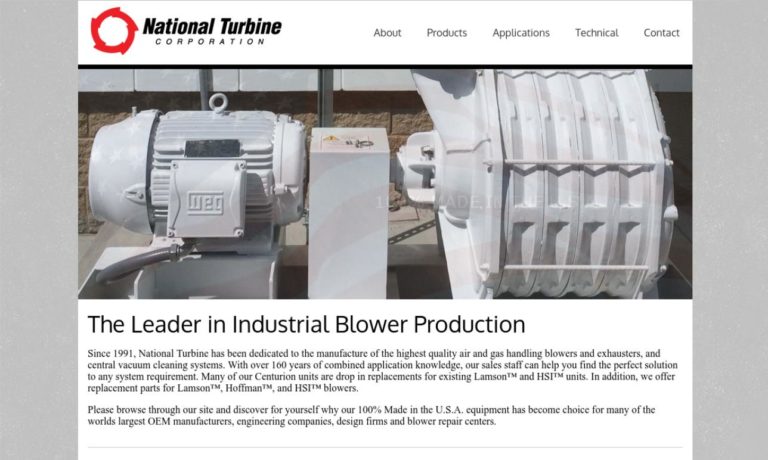
#1 Most Reliable Fan Manufacturer. Thousands of customers depend on AirPro fans to keep their operations going, and that's why we build the highest quality fans, prioritize on-time delivery, and offer a 3-year warranty on all products! Founded in 2002, AirPro is privately held and 100% Employee-Owned. With headquarters and manufacturing facilities in Rhinelander, Wisconsin, we offer centrifugal...
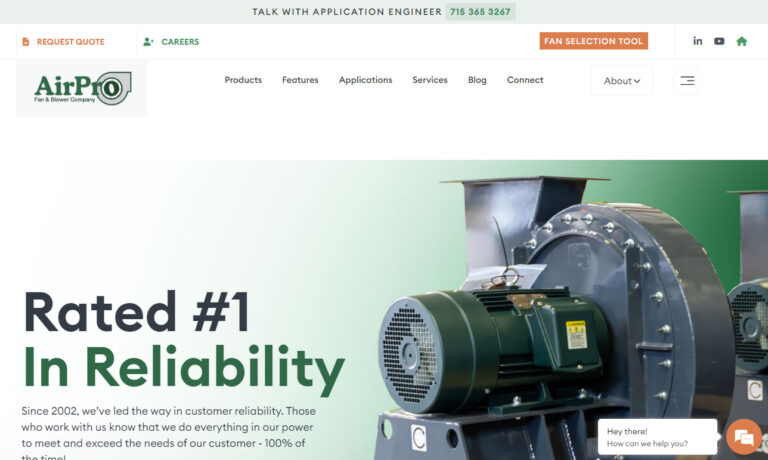
Since 1889, The New York Blower Company (nyb) has been a turn-key provider of catalog and custom fans, blowers and ventilation systems. We provide the design, manufacture, installation, maintenance, repair and rebuild of nyb and competitor products. We are constantly expanding, with a worldwide presence of over 200 representatives, and the opening of our fifth manufacturing facility in the US in ...
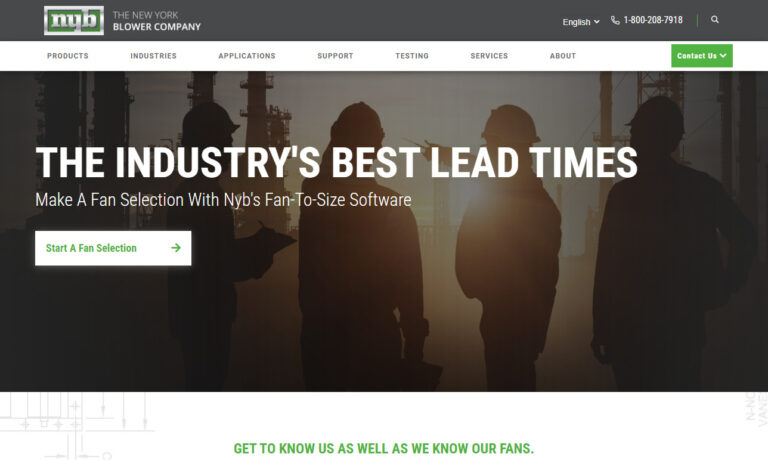
At Kooltronic, we have established ourselves as a leading manufacturer specializing in a comprehensive array of blowers tailored to meet various industrial requirements. Our expansive product line encompasses high-pressure air blowers, centrifugal blowers, impeller blowers, and high-pressure radial blowers, showcasing our proficiency and versatility in the field.
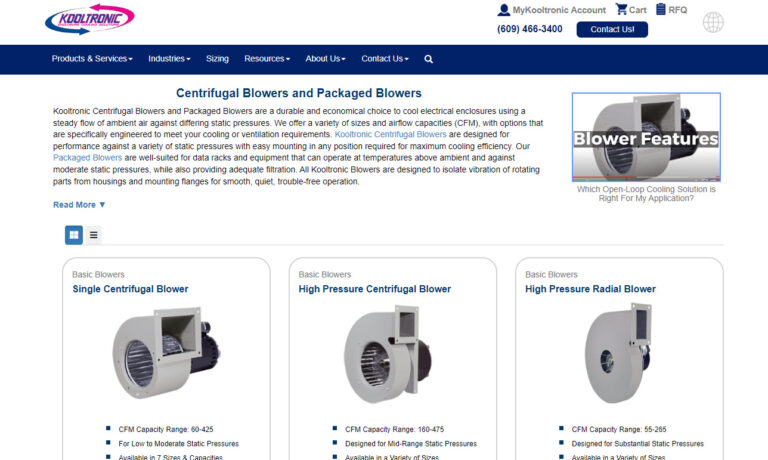
Republic Manufacturing offers industries a wide array of air moving solutions. Currently, our product range includes blowers, vacuum pumps, compressors, air knives, motors, and systems. While many products are available for immediate shipment, Republic's in-house staff of engineers can design custom options to meet specifications necessary utilizing state-of-the-art software and machinery. We...
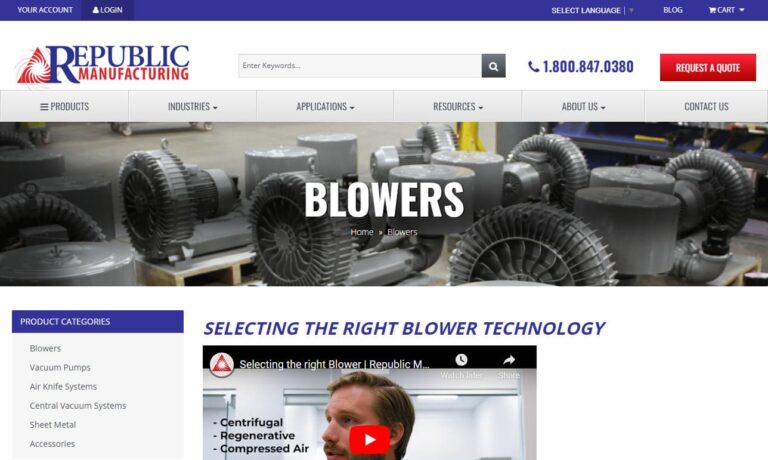
If you are looking for a solution solving industrial blower supplier, look to Hartzell Air Movement. We have been an industrial blower manufacturer for 75 years & carry products such as air blowers, exhaust fans, industrial fans, centrifugal blowers & high velocity fans for the air moving community. At Hartzell, our mission is to provide high quality & reliable industrial air moving equipment &...
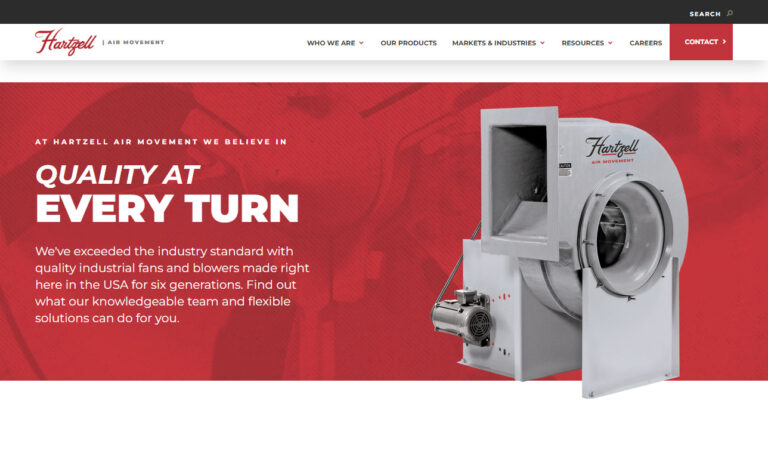
More Blower Manufacturers
More Blower Manufacturers
Blowers and fans differ primarily in their power levels. Fans slightly increase air pressure, making them suitable for residential use. In contrast, blowers significantly increase air pressure, making them ideal for industrial and commercial settings.
Blowers utilize mechanical power, employing an impeller and blades to generate centrifugal force, directing air in a single direction based on blade orientation. Fans, on the other hand, use electric power to circulate air in all directions through continuous airflow. While this article may reference fans, the focus is on companies that manufacture industrial blowers, not residential fans.
Industrial Blower Applications
Industrial blowers play a crucial role in processes such as drying, heating, cooling, general ventilation, aeration, vacuum creation, and combustion. Their versatility makes them essential in environments requiring clean air or temperature control, including homes, workplaces, gyms, spas, bathrooms, and various industrial and commercial buildings. Industries such as industrial cleaning and building maintenance, electrical power, disaster relief, healthcare, air quality control, cryogenics, food processing, printing, agriculture, mining, welding, automotive, paper making, cement production, textiles, and packaging rely on these fans to ensure optimal performance and safety.
Side channel blowers are essential for applications such as wastewater, effluent, and sewage treatment plants, aquaculture, and central vacuum cleaning systems. Centrifugal blowers are utilized in incinerators, heating, aeration, ventilation, cooling, conveying, and drying. Turbo blowers are commonly used for aeration, combustion air supply, pneumatic bulk product transportation, flue gas desulphurization, air knife drying, and oxidation processes. High-speed centrifugal blowers and air knife systems are employed in drying applications for automobile spare parts, lithium batteries, plastic parts, food packages, and electroplating surface treatments.
History of Industrial Blowers
The history of industrial blowers is closely linked to that of domestic fans. One of the earliest known industrial blower-like systems was a manually operated rotary fan with seven wheels, designed by engineer Ding Huan during the Han Dynasty in China. Several centuries later, in the 8th century Tang Dynasty, another Chinese engineer improved this design to utilize hydraulic power.
In 16th century Europe, miners used the first successful industrial fan blower, a centrifugal fan, for ventilation. This is mentioned by Georgius Agricola in his book De Re Metallica. However, centrifugal fans saw limited use until the 1800s. During this period, scientists like Robert Boyle and Otto von Guericke made significant discoveries about airflow and vacuum principles, which later facilitated advancements in blower technology.
Architect Sir Christopher Wren designed one of the first buildings in England, the Houses of Parliament, to feature a ventilation system. In the late 1720s, engineer John Theophilus Desaguliers replaced Wren’s bellows-based system with an improved fan system that effectively removed stale air from the building. Desaguliers demonstrated his system’s efficiency in a coal mine in 1727, proving its importance in preventing suffocation and improving miner safety.
Engineers harnessed steam power, leading to the popularity of steam fans for hospital ventilation and cooling. With the advent of electrical power, industrial blowers further advanced, gaining widespread use from the early 1900s until the 1960s when air conditioning temporarily replaced them. Initially, manufacturers stopped producing fans, but they resumed production upon recognizing the high operational costs and energy consumption of air conditioning.
In 1998, Walter K. Boyd invented a ceiling fan designed to keep dairy cattle cool. This fan, still in use, moves slower than regular ceiling fans, reducing cattle anxiety and minimizing dust. Today, these fans are popular in various agricultural settings and supplement HVAC systems in malls and factories due to their low energy costs.
Currently, industrial blowers are more diverse than ever. Manufacturers have developed blowers for specialized needs, including laboratories, clean rooms, and burn units. Engineers, designers, and manufacturers continually strive to innovate in ventilation, heating, and cooling.
Types of Industrial Blowers
Among the industrial blower products on the market, ventilation fan systems and exhaust fan systems are the most commonly purchased.
Ventilation fans are integral components of ventilation systems, designed to move air through these systems. They are typically installed to circulate air, preventing the buildup of harmful gases and unpleasant odors in work areas. Additionally, they can be used for heating and cooling in residential and commercial spaces.
Exhaust fans, a specific type of ventilation fan, are used to remove gases from one area and direct them to another. They are commonly found in the ductwork of ventilation systems, serving as the final equipment that air passes through before being expelled.
Industrial blowers fall into two main categories: centrifugal blowers and axial blowers.
Centrifugal blowers, also known as radial fans, are typically used to create vacuums in laboratory settings and for surface cleaning applications. At the same RPM as axial blowers, centrifugal blowers generate more highly pressurized airflow due to their efficient centrifugal motion, making them ideal for high-pressure, concentrated air flow applications. Their robust construction and consistent quality have made them reliable in various sectors and applications for many years.
Centrifugal blowers come in various subtypes, each suited to specific applications. These subtypes include acid gas blowers, air foil, backward curve, backward inclined, forward curve, industrial exhausters, centrifugal floor dryers, mechanical vapor recovery blowers, paddle wheel, pre-engineered (PE) fans, high-pressure blowers, radial blade, radial tipped, specialty process gas blowers, and surgeless blowers.
High-speed centrifugal blowers and air knife systems are the most effective for air knife drying, designed to meet specific application needs while optimizing energy efficiency and reducing operational costs. This advanced technology, developed from decades of industry experience and cutting-edge design principles, recommends turbo technology for achieving optimal efficiency in air compression up to 1 bar.
Axial blowers are ideal for widespread heating and cooling, offering more even air distribution than centrifugal blowers. However, they are inefficient for applications involving sharp turns, such as complex ductwork. In these cases, radial blowers are preferable due to their ability to intake air from one side and expel it from the other. For environments like warehouses without central air conditioning in the summer, a large axial fan is recommended, as it provides more uniform air distribution and relief.
Axial blowers encompass several subtypes, including cooling fans, cooling tower fans, axial flow fans, portable blowers, high-temperature axial fans, mixed flow fans, tube axial fans, vaneaxial fans, variable pitch axial fans, and variable pitch on-the-fly axial fans. Common examples of axial cooling fans are portable desk fans, table fans, ceiling fans, free-standing oscillating fans, mounted oscillating fans, and certain ventilation exhaust fans. Other fan types include regenerative blowers, large blowers, direct drive blowers, and belt drive blowers.
Regenerative blowers are utilized for aerating hot tubs, spa pools, ponds, and other small bodies of water, as well as enhancing HVAC functions. Very large blowers are capable of creating wind tunnels for aerodynamics research and development or distributing snow on ski slopes. Direct drive blowers, which are directly connected to a motor, provide consistent airflow by moving in tandem with the motor and the shaft. These blowers are commonly found in automobiles.
Belt drive blowers are indirectly powered by a motor via a belt connected to the motor shaft, causing the fans to move when the shaft turns. Side channel blowers, designed for pulsation-free vacuum and pressure applications, can be mounted vertically or horizontally. Made from die-cast aluminum, they are highly durable and eco-friendly, operating silently without the need for running fluids due to an integrated silencer.
Industrial Blower Equipment Components
Each industrial blower is unique and comprises distinct equipment components. Rather than discussing them broadly, we will focus specifically on the equipment components of the two primary types of industrial blowers: centrifugal blowers and axial blowers.
Centrifugal blowers are composed of a rotating disk, blades, and a hub, collectively known as a fan wheel. This assembly generates airflow by creating a pressure differential. The blades of the fan wheel rotate similarly to water wheel paddles, positioned at 90° angles. As these blades spin within an annular housing, they draw air in, causing it to become pressurized. The pressurized air is then expelled through a chute. In some cases, fan wheels may also include additional structural or aerodynamic components to enhance performance.
Axial blowers, comprising a rotating disk, blades, and a hub, differ from centrifugal blowers in several ways. Axial blowers use curved blades that rotate around an axis, resembling the movement of clock hands rather than paddles. While both types generate airflow through air pressure imbalances, axial blowers achieve this by the continuous spinning of their curved blades, ensuring a consistent airflow.
Benefits of Industrial Blowers
Industrial blowers provide significant advantages. They efficiently circulate air in enclosed spaces and are ideal for ventilating or heating/cooling large areas simultaneously. Unlike numerous box fans required for similar tasks, industrial blowers offer superior energy efficiency and cost-effectiveness compared to air conditioning units. Additionally, they are diverse in design and readily available for purchase.
Industrial Blower Design and Customization
Manufacturers use computer modeling and laboratory testing to design the perfect industrial blower for your needs. They start with a standard design and adjust it or create a custom blower from scratch, depending on your specific application. Key considerations include the blower’s dimensions, material, static pressure levels (measured in CFM), pressure capacity, and flow capabilities.
Centrifugal blowers consist of several key components: the fan housing, dampers and vanes, impellers, drive shaft, drive mechanism, inlet and outlet ducts, fan blades, and discharge casing. Manufacturers may also employ additional parts such as bearings, couplings, impeller locking devices, and shaft seal plates.
High Speed Centrifugal Blowers in Operation
A centrifugal blower operates by using the centrifugal force from rotating impellers to increase the kinetic energy of air or gases. A centrifugal fan is distinguished by its pressure ratio, a blower often has a greater pressure ratio. As the impellers rotate, they propel gas particles outward into the fan casing. This movement, combined with the resistance from the casing and ducts, converts the gas’s kinetic energy into pressure. The pressurized gas is then directed through outlet ducts to the exit. After the gas is discharged, the pressure at the center of the impellers decreases, causing gas from the impeller eye to rush in to equalize the pressure. This continuous cycle allows for the constant transport of gas.
Industrial Blower Safety and Compliance Standards
Your industrial blower must comply with specific safety and regulatory standards, depending on your location and application. In the United States, all workplace industrial fans must adhere to OSHA (Occupational Safety and Health Administration) standards to ensure worker safety. Additionally, while not mandatory, obtaining a UL (Underwriters Laboratories) listed blower is recommended as it signifies compliance with a leading global standards organization. For detailed information on the necessary standards for your industrial blower, consult with an industry expert.
Things to Consider Regarding Blower Manufacturers
Finding an industrial blower is straightforward due to high demand and fierce competition. To assist you, we have compiled a list of trusted manufacturers and suppliers. Choosing the right manufacturer is about finding the best services, not just the lowest prices. Price is a factor, but the ideal supplier offers the right balance of cost, product range, and services.

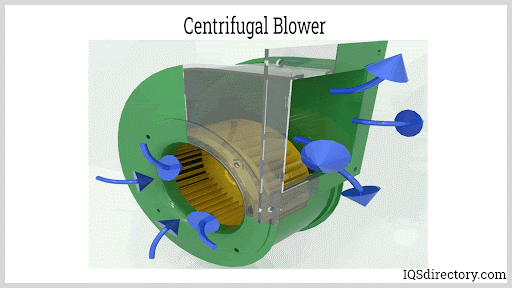
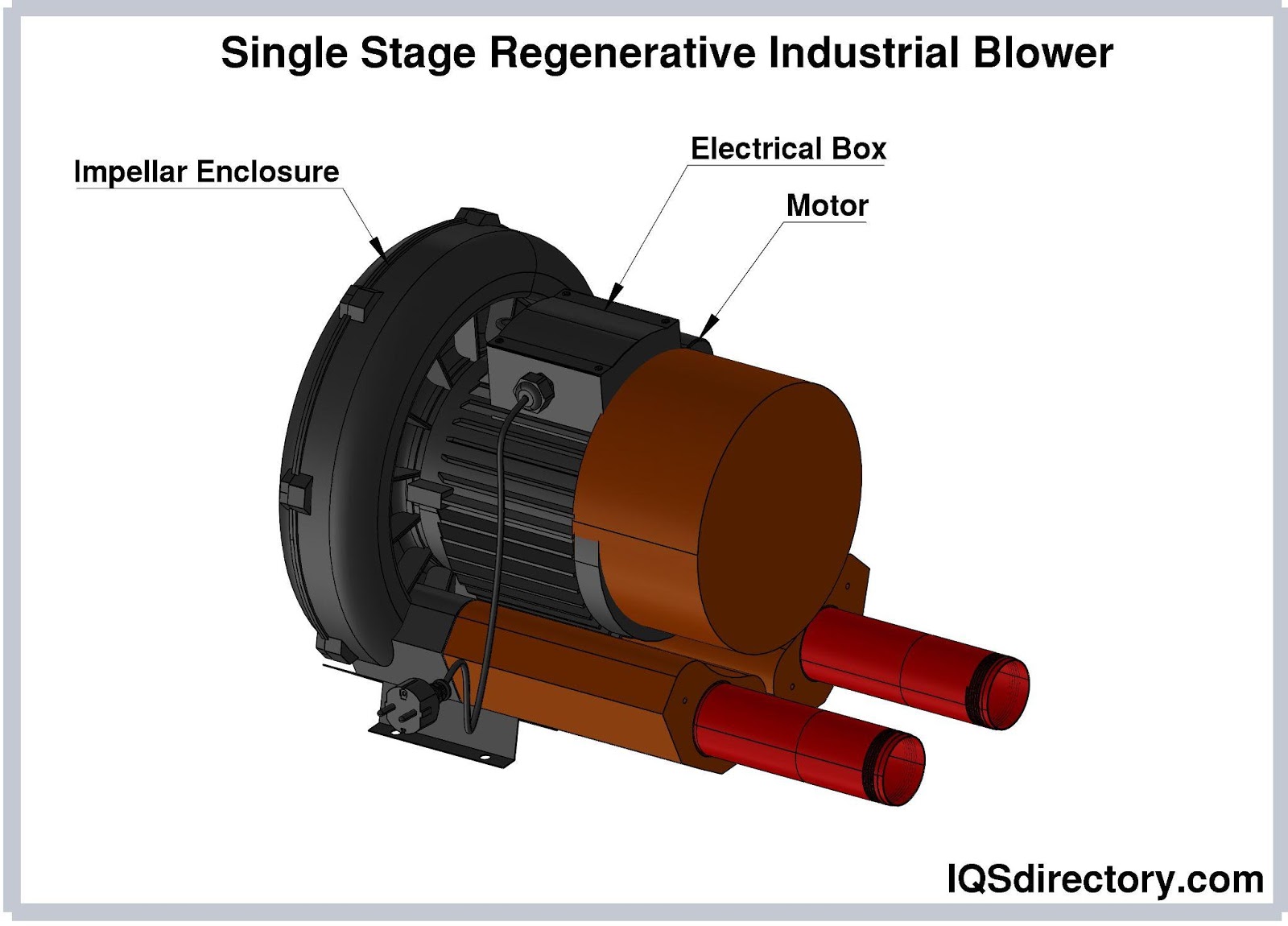
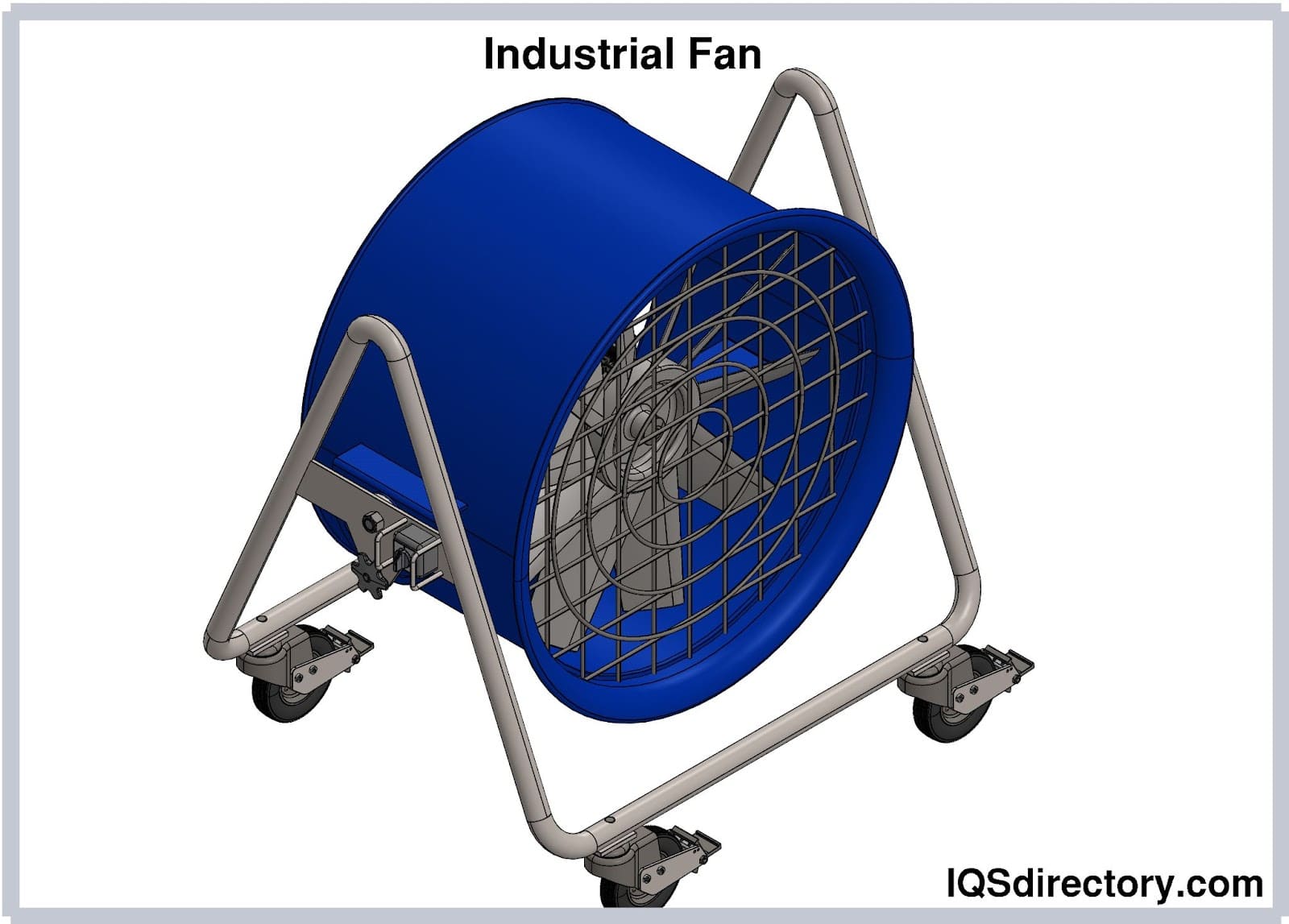
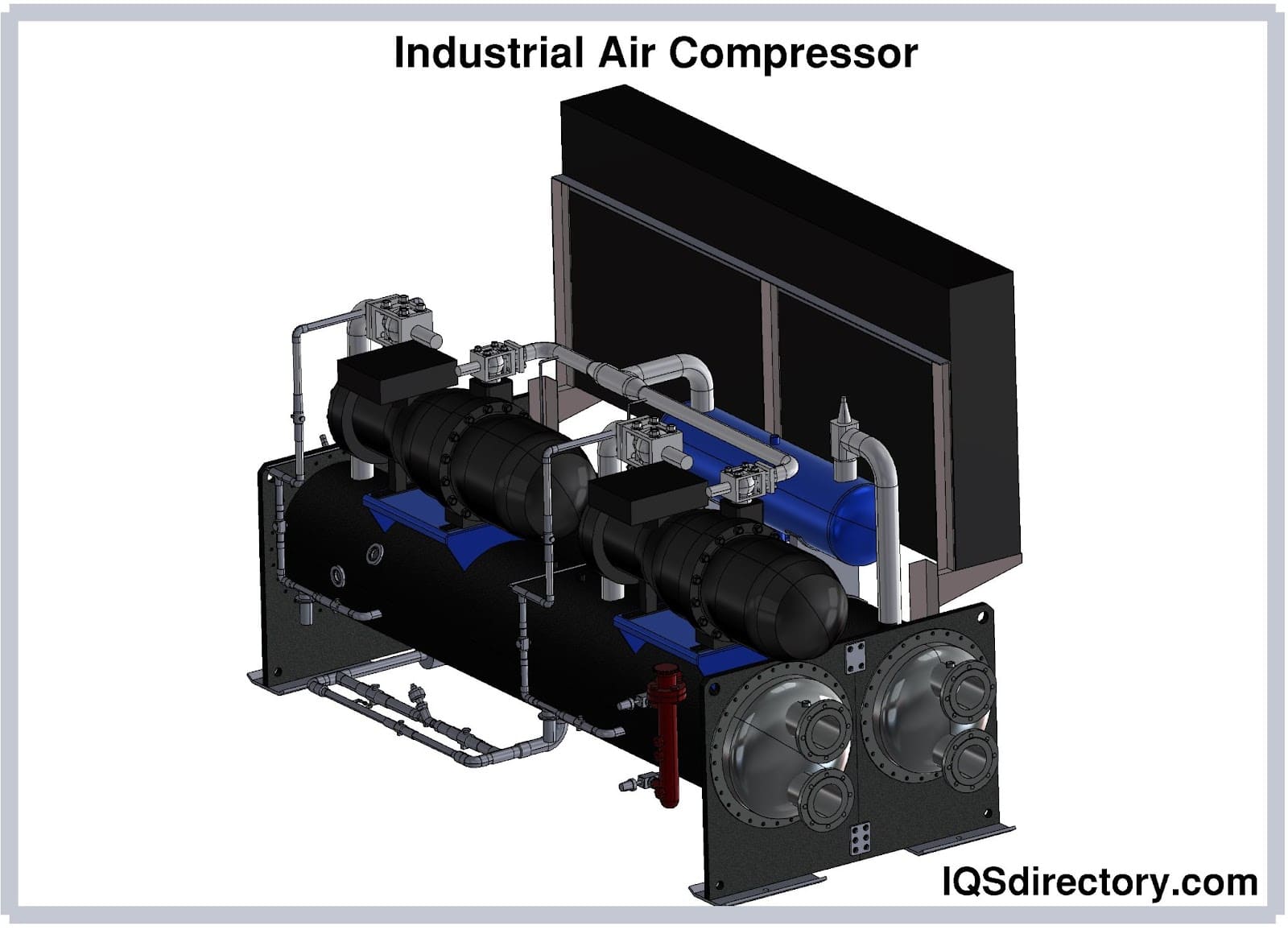
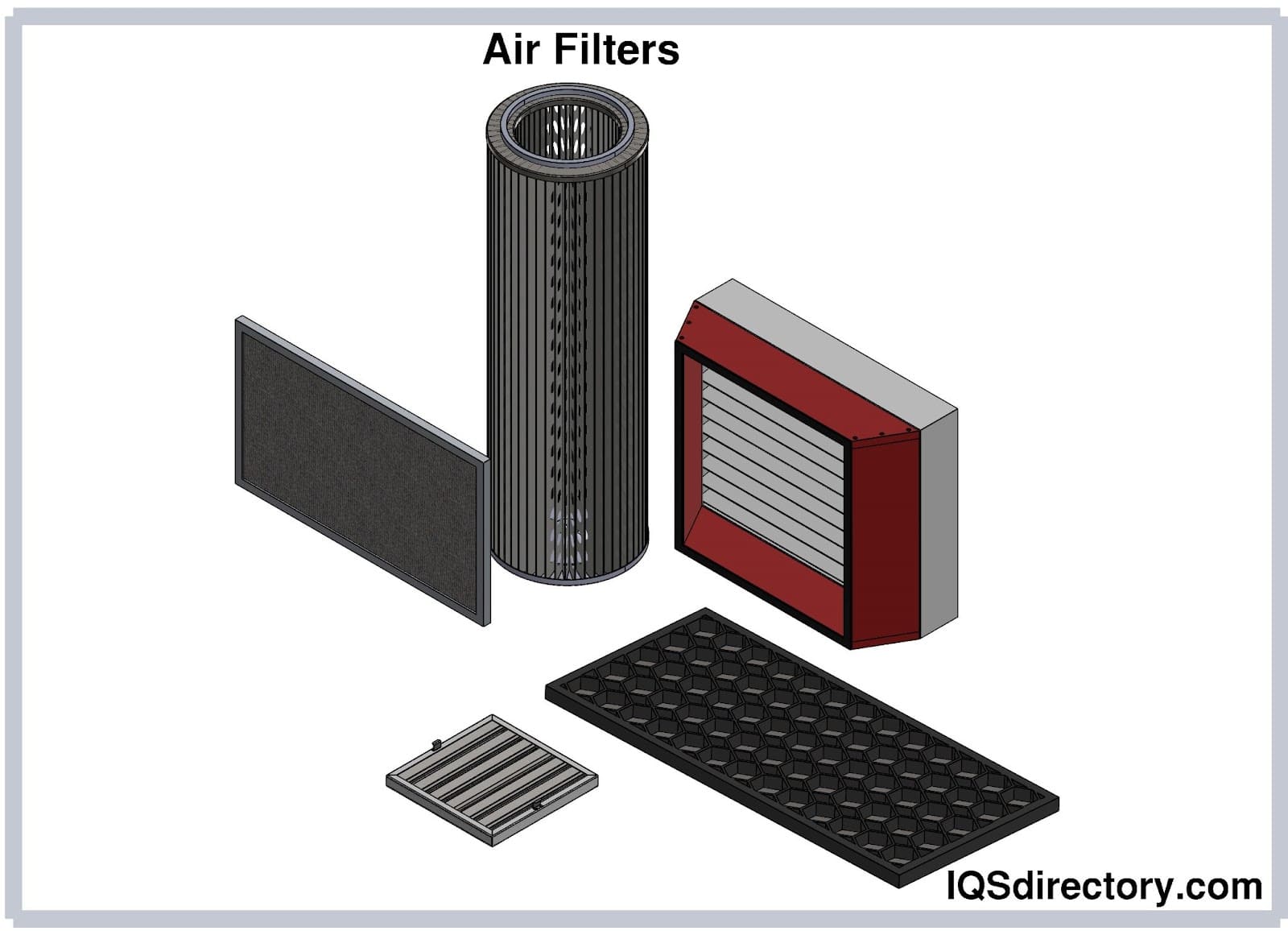
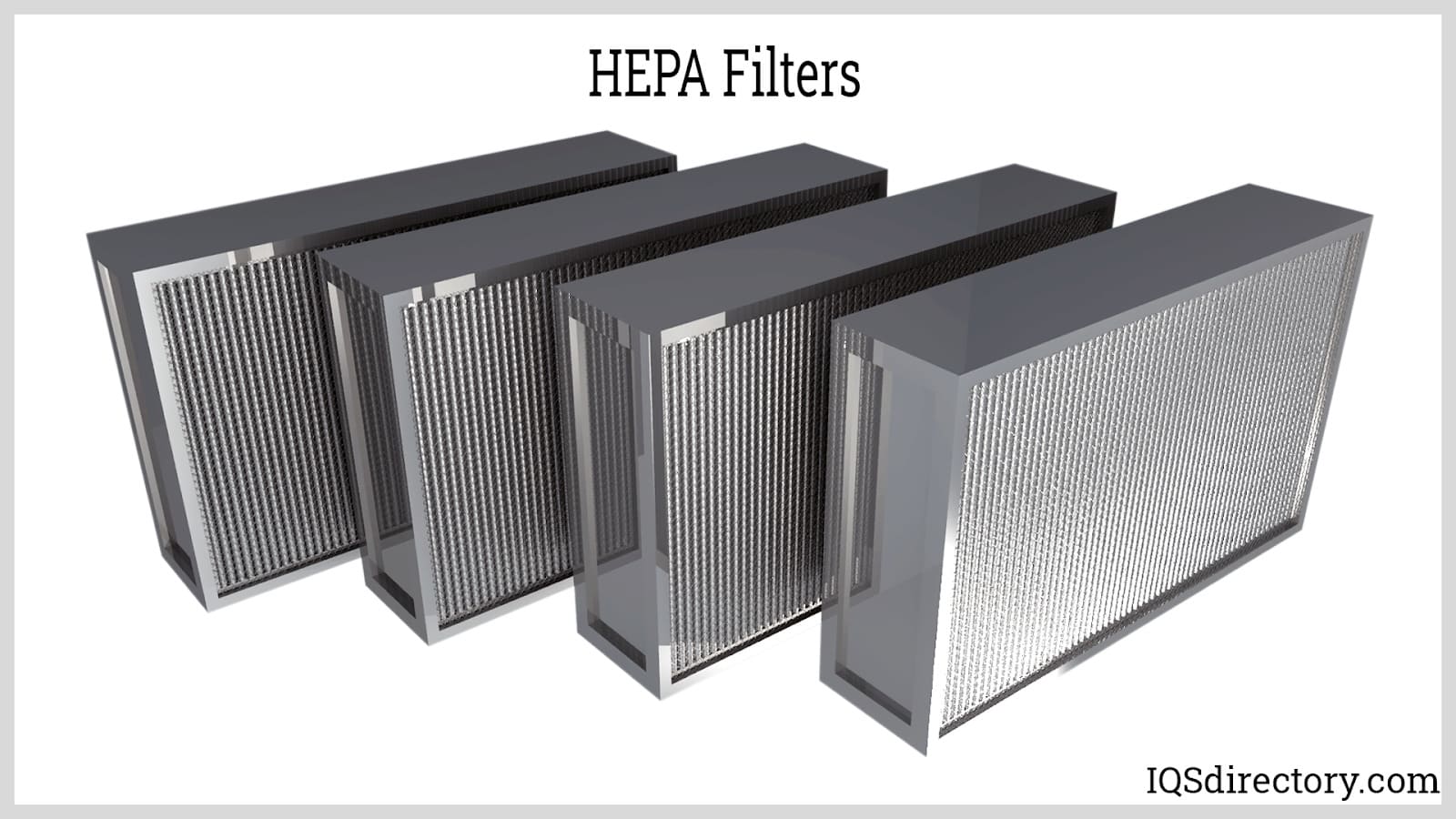
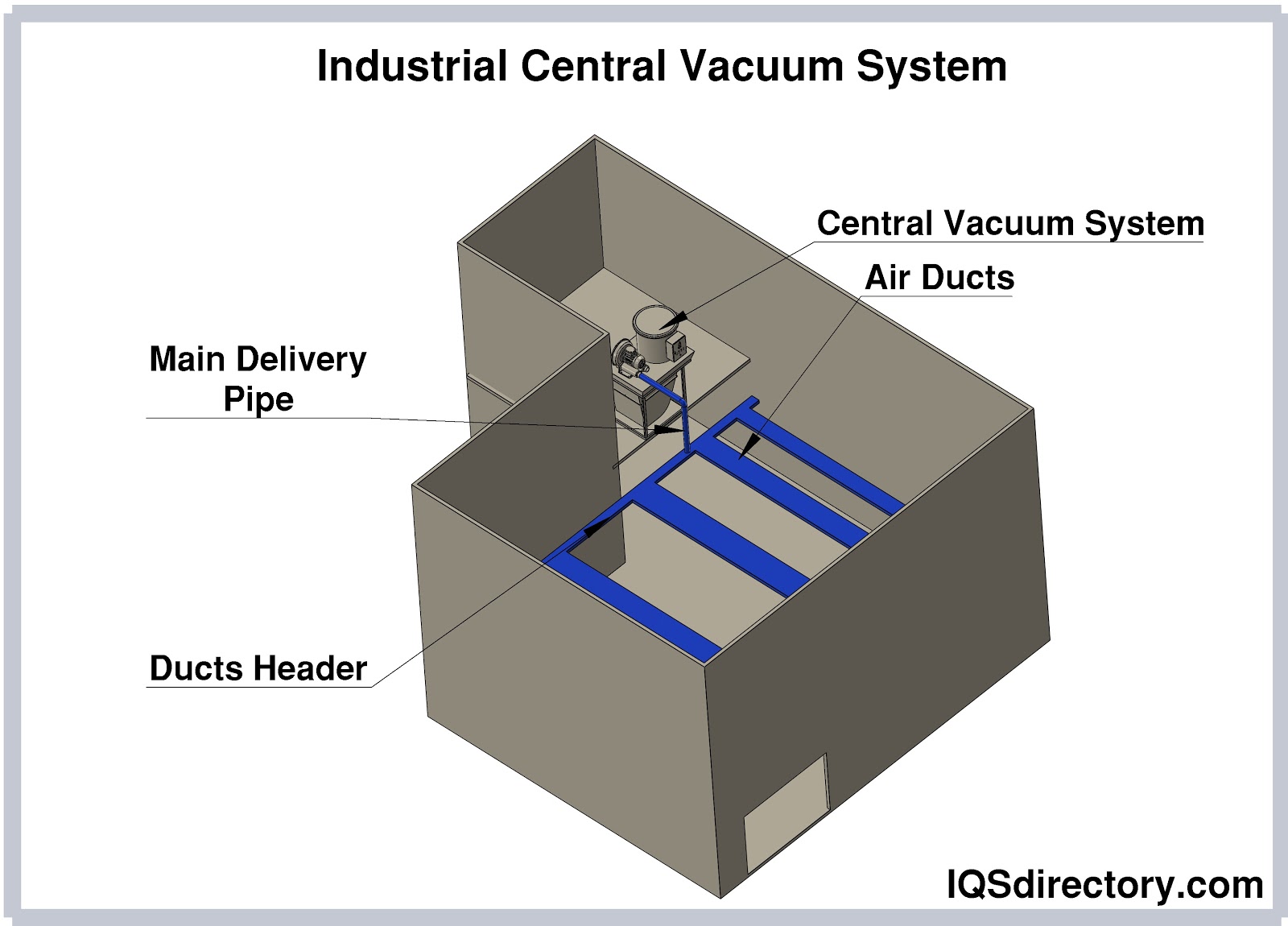
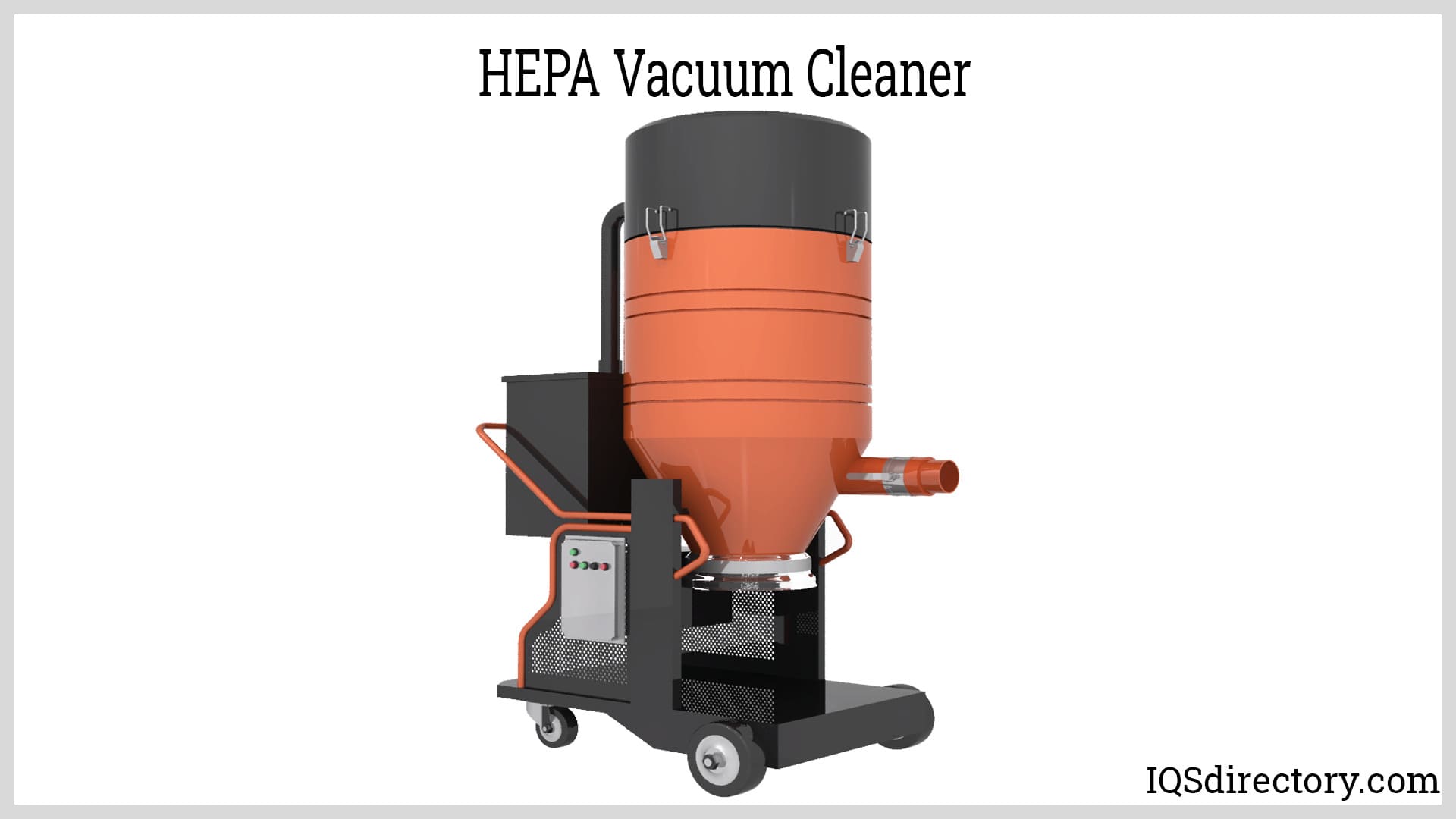
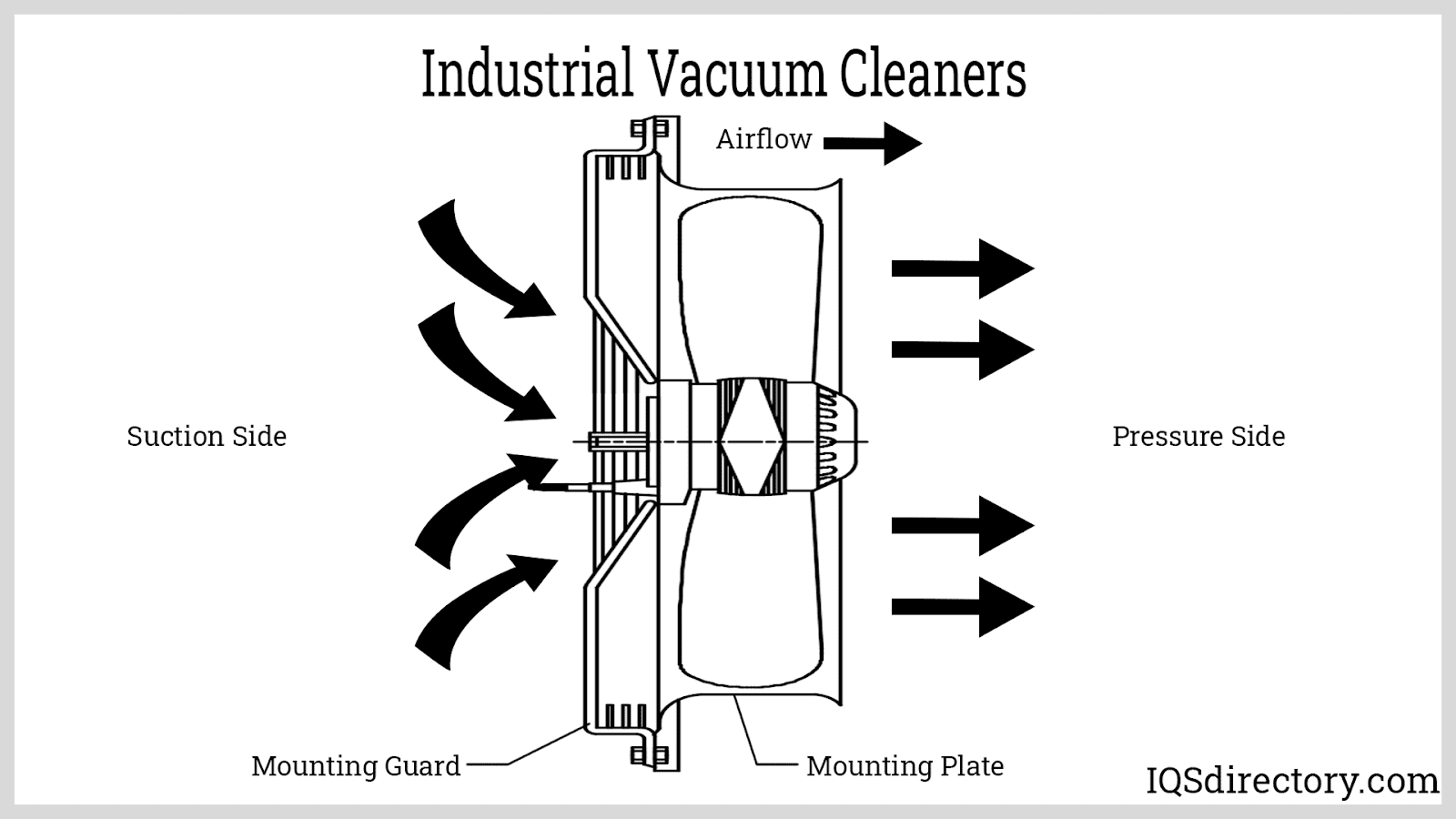
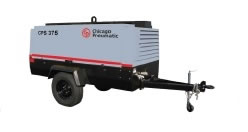 Air Compressors
Air Compressors 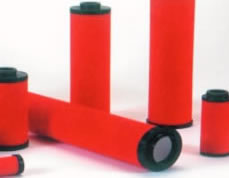 Air Filters
Air Filters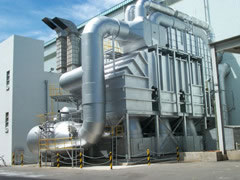 Air Pollution Control
Air Pollution Control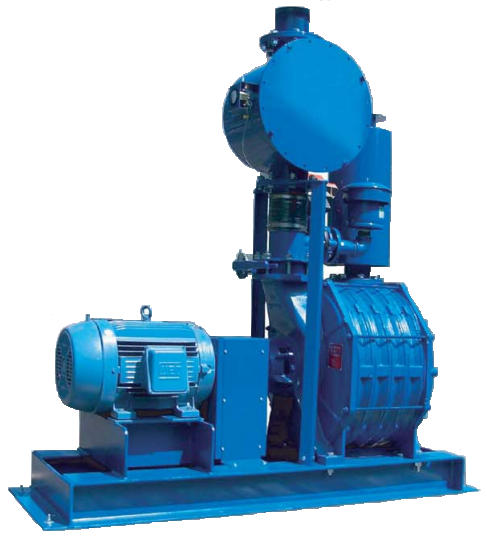 Blowers
Blowers Dust Collectors
Dust Collectors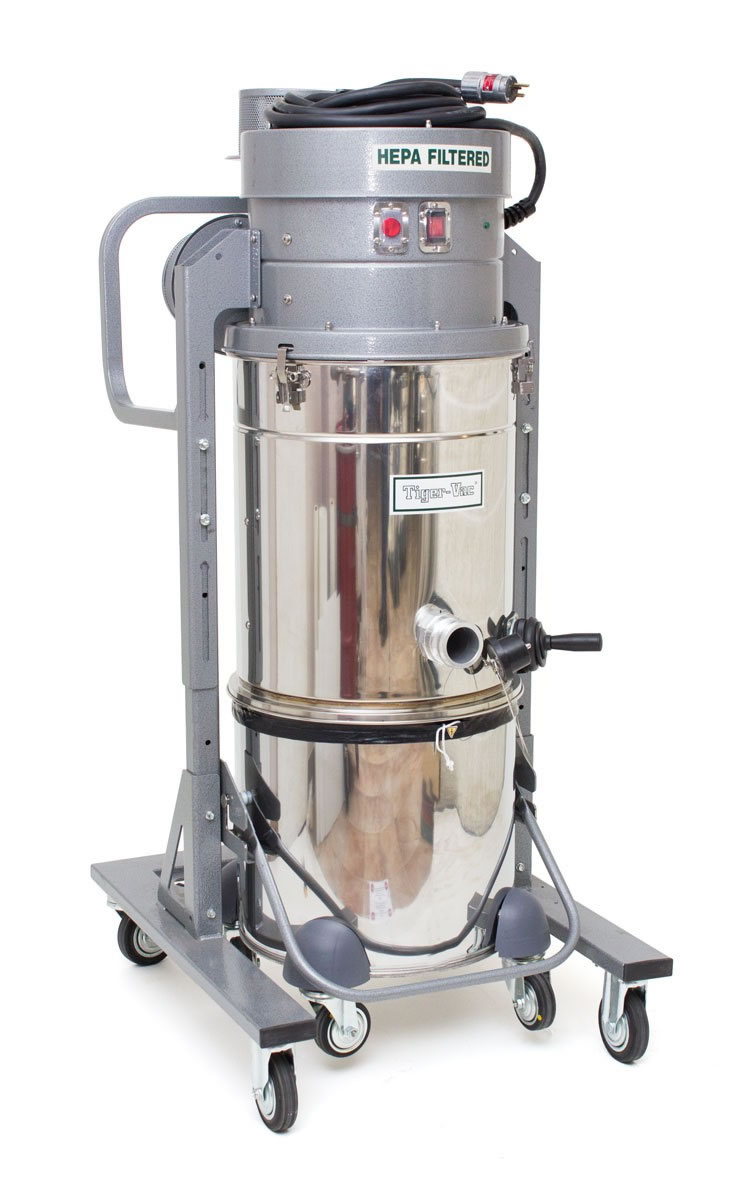 Industrial Vacuum Cleaning Equipment
Industrial Vacuum Cleaning Equipment Castings & Forgings
Castings & Forgings Bulk Material Handling
Bulk Material Handling Electrical & Electronic Components
Electrical & Electronic Components Flow Instrumentation
Flow Instrumentation Hardware
Hardware Material Handling Equipment
Material Handling Equipment Metal Cutting Services
Metal Cutting Services Metal Forming Services
Metal Forming Services Metal Suppliers
Metal Suppliers Motion Control Products
Motion Control Products Plant & Facility Equipment
Plant & Facility Equipment Plant & Facility Supplies
Plant & Facility Supplies Plastic Molding Processes
Plastic Molding Processes Pumps & Valves
Pumps & Valves Recycling Equipment
Recycling Equipment Rubber Products & Services
Rubber Products & Services